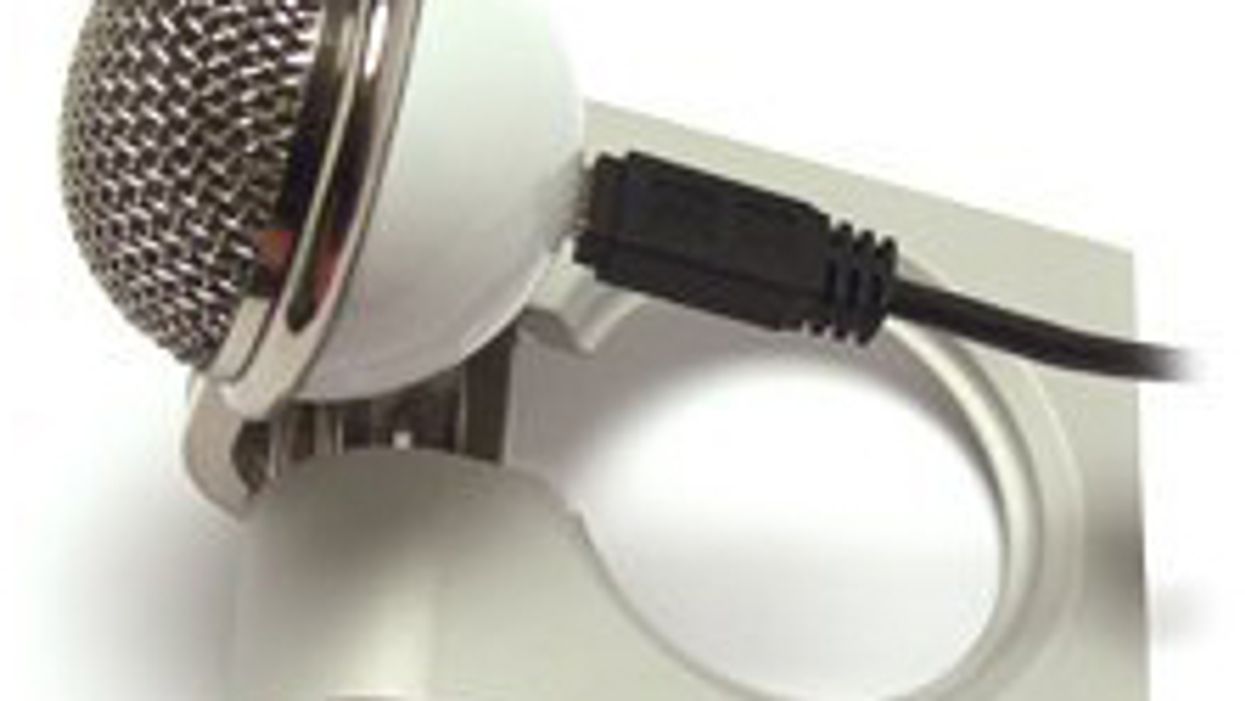Search
Latest Stories
Start your day right!
Get latest updates and insights delivered to your inbox.
nashville-studio-setups-macbook-garageband-blue-microphones-snowball-snowflake-computer-recording-gear-system-usb-condenser-plug-mic-monitor
Don’t Miss Out
Get the latest updates and insights delivered to your inbox.
Recent
load more
